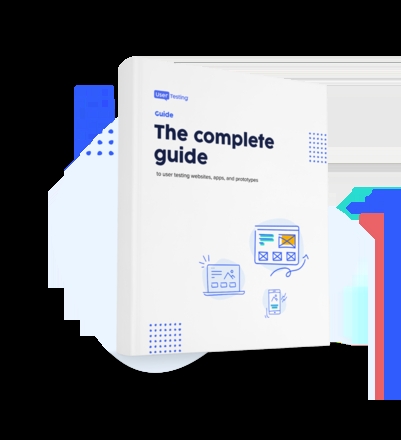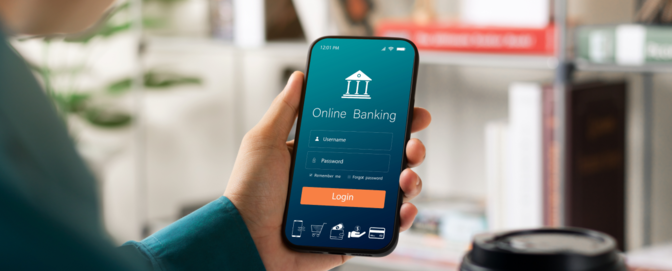
What does a UX Researcher do all day?

The purpose of this "day-in-the-life" is to give transparency to the mythical beast of UX. It will also help anyone interested in breaking into the UX industry know how others made it and possibly shed some light on the role of a UX designer for other people in an organization who may not understand.
This week: Rosie Webster, UX Researcher at DrEd, the online doctor.

How did you get to this stage in your career?
My background is academic. I did a PhD in Health Psychology, and then a post-doc at UCL. At UCL, I was working on the creation of an online sexual health behavior change intervention. I didn’t know it at the time, but a lot of this job was UX Research (e.g. interviews with users to determine content, and user testing). When I decided that I wanted to leave academia, I came across the concept of UX Research as a profession.
I went on a two day bootcamp with General Assembly, and discovered that I was already doing a lot of the work of a UX Researcher, just under a different name. With a background in psychology, I’d had a lot of training in qualitative and quantitative research methods. I could immediately see how these could be applied to UX. I’d discovered the career path for me!
Was there a lightbulb moment when you saw the value of UX?
Not really – I’ve always cared about people: understanding them, working out what they need, wanting to make life better for them. This is why I started down the path of psychology. Working in UX is a natural extension of that.
What does your average working day look like?
It really varies depending on where we are in a project. If we’re planning, I spend a lot of time at my desk thinking and writing, as well as running workshops with stakeholders to identify their needs. This is super important, to ensure the research we do is embedded in the business.
Once we move into data collection, I will often be in sessions with participants. This could be user testing, where I’ll be watching them use our product and trying to understand where the issues are. Sometimes it’s in-depth interviews, where I’m really trying to get a deep understanding of their experience. These sessions are so valuable and they’re such a highlight for me, but can be exhausting!
Between sessions I’ll be writing field notes, amending the field guide, or waiting patiently by the lifts for participants to arrive, praying they aren’t a no-show!
Once we have data in, I’ll be spending most of my time analyzing the data and preparing reports for the company. This may involve reading endless reams of transcripts, writing reports, beautifying slide decks, or slicing up videos into clips.
We also do a lot of survey research, so I spend a lot of time carefully crafting questions, monitoring the data coming in, then analyzing and reporting on it.
The research team is a relatively nascent function in the business, so I also spend a lot of time working on our processes and how we can improve them.
How do you use remote UX testing in your testing process?
We currently use WhatUsersDo to test our core user journeys every two weeks. We have a similar script we use every time (sometimes varying the landing page), and we look at task success and the issues that users experience.
This helps us to gather data about issues with the journey over time, so that when the Product team come to us, we already have quite a lot of data and we’re not starting from zero. We’ve been doing this for about 6 months, and we’re currently looking into how we can improve it (e.g. by ensuring that we’re testing with the right target users).
What other UX tools or resources do you use?
We use Hotjar for heatmaps and session recordings, and Qualaroo for onsite surveys, and Usability Hub for rapid feedback – to name just a few!
Do you think the people in your organization understand UX?
I think there’s a reasonably good understanding, but it can always be better. We do our best to engage with everyone in the business to help them to understand what we do. We even do a user testing session with all new starters, with them as the user!
One of the challenges we face is actually a rather nice one to have: so many people see the value of research, that we often have too many projects coming in! We need to be careful about how we prioritize, and we’re working closely with our Product team to try and get this right. On the plus side, we’ve worked on some really exciting and varied projects as a result, including some fascinating work with our brand team.
What did you want to be when you grew up?
It used to vary between a scientist and an artist… I think I’ve ended up more at the scientist end of the spectrum (and I’m sure the designers in my team would agree!)

Get started with experience research
Everything you need to know to effectively plan, conduct, and analyze remote experience research.





